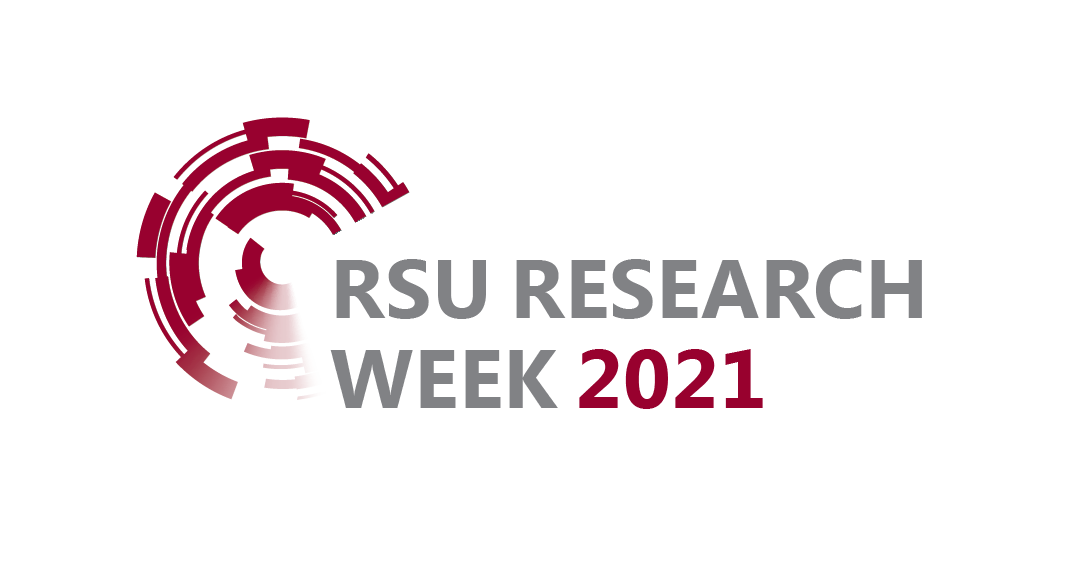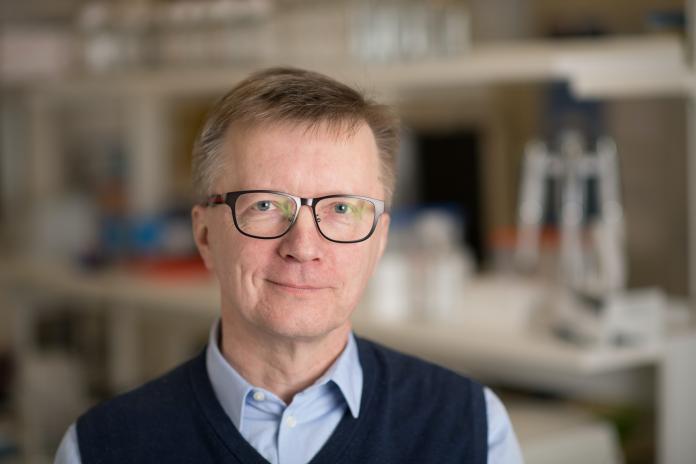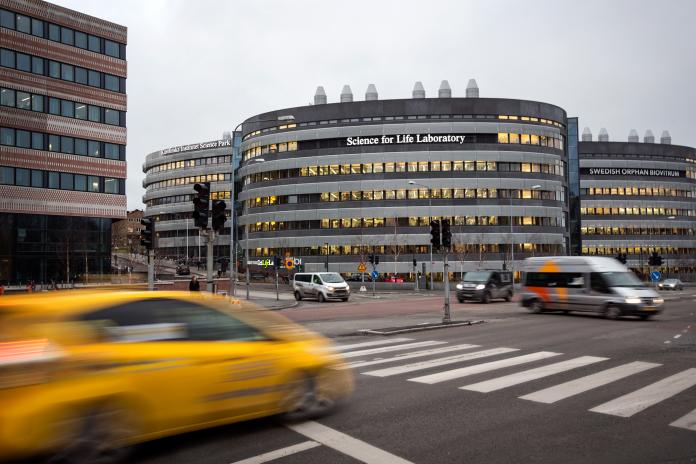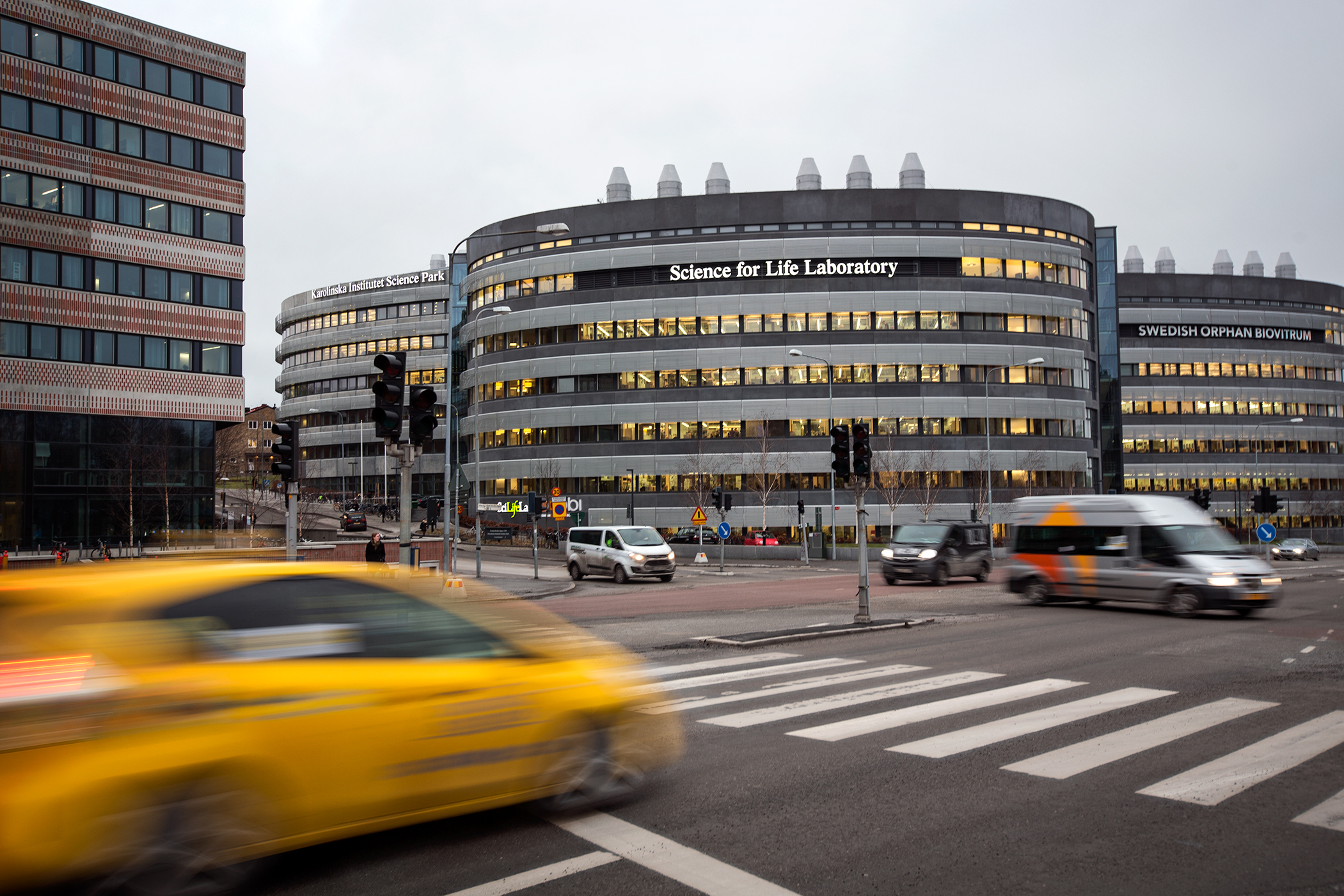Enabling the impossible. Interview with Professor Olli Kallioniemi of SciLifeLab
The Science for Life Laboratory (SciLifeLab) is a national resource centre that plays a major, but often invisible role in life science discoveries in Sweden. ‘When it comes to infrastructure services, we stay in the background and let the scientists run the show,’ says SciLifeLab Director, Professor Olli Kallioniemi who will be one of the keynote speakers at RSU Research Week. Calling from Helsinki on Zoom, the professor talks about the range of activities at SciLifeLab: from the analysis of ancient DNA to trace the evolution of species, to mapping human proteins with the hope to contribute to the fight against cancer and other advancements. This range of activities is made possible due to the infrastructure, technologies and expertise that SciLifeLab has accumulated.
SciLifeLab started out with the vision to make Sweden the world-leading nation in life sciences. Last year the institution celebrated its 10th anniversary. Have you succeeded with the goals you initially set?
I’m a little bit biased when answering this question [laughs]. In the beginning, the academic community in Sweden was critical about the government’s investment to create this resource centre. One of the worries was whether it would deliver nationally. Well, the metrics show that we do deliver – our infrastructure is utilised by over 1,300 individual users annually and we run more than 3,000 projects, half of which are based outside of the two original research centres in Stockholm and Uppsala. User numbers and a national coverage are sources of pride at SciLifeLab. We have contributed not only to the quantity but also to the quality of life science in Sweden. According to bibliometrics, scientific articles covering research where SciLifeLab’s infrastructure has been used, have had exceptionally high impact. To sum it up, SciLifeLab lives up to its slogan “Enabling research that would otherwise not be possible”.
What are your closest competitors?
For the last 20 years, I’ve been joking that eventually we all will end up in Norway – the only country that can afford to invest in science as much as we all should. This has not happened, so far [laughs]. SciLifeLab is unique – I cannot really name any comparable efforts in Scandinavia either in scope, or in scale. One that I can mention is Biocentre Finland that started off very strong with considerable government funding that has since, unfortunately ceased. Denmark is investing heavily in several areas of life science, such as data science and genomics. Copenhagen and Lund have both joined a life science cluster called Medicon Valley, which is a great regional initiative, but not comparable on a national scale.
The Crick Institute in London and the Broad Institute in Boston are prominent international centres in a single site. If I had to pick another similar national institution in Europe, it would be the Vlaams Instituut voor Biotechnologie (VIB) in Belgium. We are surprisingly similar in structure, size and budget, only VIB was founded over 20 years ago and is thus more established. A major role model for SciLifeLab is the intergovernmental European Molecular Biology Laboratory.
What SciLifeLab projects are you currently most excited about?
SciLifeLab has three pillars: infrastructure, research and data programs. We have managed to create an organisation where Swedish researchers have access to cutting-edge technology capabilities across a wide range of fields: genomics, transcriptomics, epigenetics, microbiomics, metabolomics, singe cells, microscopy, and drug discovery possibilities. Many of these, like spatial biology (e.g. spatial transcriptomics and in situ sequencing) have been developed at SciLifeLab, and subsequently commercialised via spin-off companies and are now available to the research community globally.
Speaking of research, SciLifeLab has enabled many great discoveries. We have facilitated research starting from ancient DNA analysis to full genome sequencing in order to diagnose rare diseases in children. I would also mention Professor Mathias Uhlén’s Human Protein Atlas open access database, which is used globally by many international parties. However, it is impossible to rank discoveries, and hence these are just some of our many achievements over the last 10 years.
As a professor in molecular precision medicine at the Karolinska Institute, how would you characterise current trends in precision medicine in the field of oncology?
We are currently in the first phase of precision medicine – researchers have demonstrated that precision medicine has a lot to offer to cancer patients and genomic medicine is already being applied in clinics. The future could be very individualised. We could identify patients’ genomic predisposition to certain cancers, and if they do develop cancer, we would then be able to analyse the cancer tissue and cells in great detail on a genomic, proteomic and metabolic level. We could even test a patient’s cancer cells for sensitivity across all possible drugs in order to come up with a highly individualised treatment plan. That would be phase two of precision medicine, which already works in a research setting, but is challenging to implement in practice.
Several challenges need to be solved to make this second phase a reality. Many technologies used in a research setting have not yet been approved as clinical diagnostics. Also, scientists come up with therapeutic opportunities that are likely to work, but that are either not clinically available at all, or for that specific disease, and hence cannot be used in healthcare. Pharmaceutical companies are not interested to finance drug trials where scientists decide whether a certain drug is to be applied individually, or together with competitors’ drugs for a particular patient in a particular setting. Instead, most traditional precision medicine trials are conventional, where a group of similar patients are randomised to get one type of drug. Innovations in clinical trial design are ongoing, and this will be important for the field.
So, even though everyone is in favour of better treatment in oncology, we sometimes feel a bit stuck because of regulatory and financial challenges.
Speaking of challenges, what effect has the pandemic had on SciLifeLab?
We pride ourselves in working on many great societal issues, be it tackling biodiversity or developing precision medicine. In case of the pandemic, we launched a major national program on COVID-19 research, where our contribution was to explore the biology and clinical aspects of the virus. I would say that half of my time in 2020 went into looking for ways in which SciLifeLab can contribute to researching the virus. We have contributed to many aspects of COVID-19 research, like understanding our immune system and the body’s hyperreaction towards the virus.
In terms of research volume, the pandemic surprisingly did not change our output much – last year we had the same number of users and projects as in 2019.
What are the mobility options at SciLifeLab for Baltic scientists?
Up until the pandemic, the labour market of the EU governmental sector has been quite traditional in terms of its attitude towards employees’ location. The private sector has been more flexible, for example, in the IT or the data sector. However, the general understanding in e.g., universities is that employees should be physically present and become residents in the country where their employment is based. COVID-19 has proved that we could work collaboratively literally from anywhere and for long periods of time, excluding typical hands-on laboratory work, of course. For example, I have been successfully working remotely from Helsinki for large part of the pandemic.
Speaking of mobility, we launched a new 12-year program for data driven life science two months ago. It is a program worth 3bn kroner (350m euros) and is funded by the Knut and Alice Wallenberg Foundation who share our vision that life science needs to change dramatically to become more data driven. For that we need a new generation of life scientists who do not necessarily carry out laboratory experiments, but mostly analyse and integrate data. Ten Swedish universities are participating in this program and we plan to launch national PhD and post-doc programs. The pandemic has shown that such networked activities can be done in new ways and do not necessarily mean that people need to be located in the same place. Being online is also a good solution, especially if we want to engage the best minds, both in Sweden and internationally. Therefore, it would be interesting to explore how we could engage global collaborators and young scientists, such as those in the Baltics, in this program, who might even be able to stay in their countries but work for us remotely. This is unfortunately not yet possible at public institutions, but it may be an interesting opportunity in the pandemic and post-pandemic world.
You are known for supporting young scientists. Would you say it is easier to find your scientific path these days than it was when you were starting your career?
I would answer like a politician – in some ways it is harder and in some it is easier. If you aim for international achievements, the competition is unimaginably tough. You not only need to have the right means, capabilities and motivation, but also be lucky enough to be in the right place at the right time. At the same time, the process seems more systematic and democratic nowadays. I received my professorship at the age of 32, which is not common these days. This was due to the fact that the Finnish university system was rapidly expanding at the time and budgets were growing fast. Universities are supposed to be dynamic organisations, but when budgets are frozen it is hard to maintain a dynamic environment or to employ young researchers.
At the same time, technical and interdisciplinary opportunities are something great about being a young researcher these days. Instead of going where everyone else goes and ending up in a congested research space, you could combine disciplines and end up in a very specific niche in which to excel.
Related news
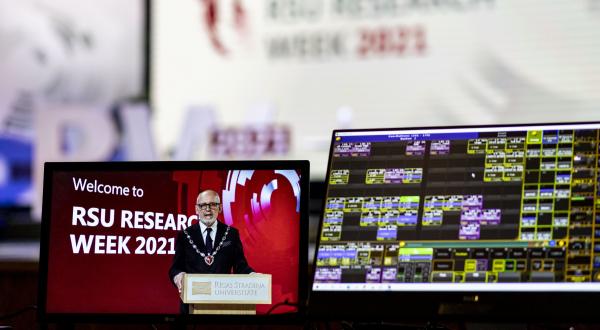 RSU Research Week Breaks Attendance RecordGeneral, RW Deep Dive
RSU Research Week Breaks Attendance RecordGeneral, RW Deep Dive